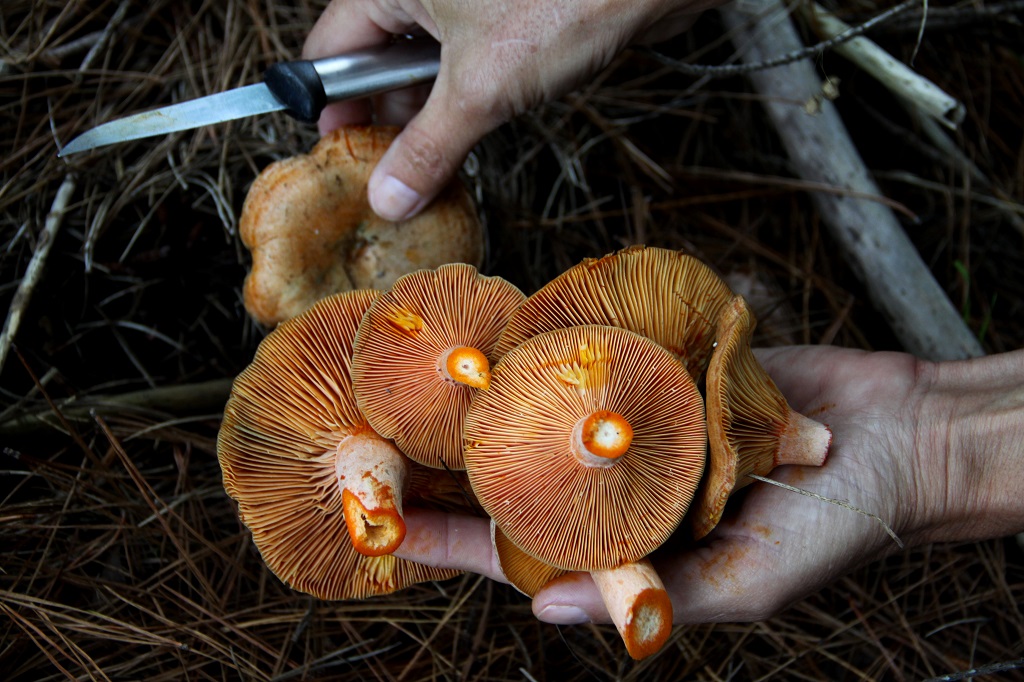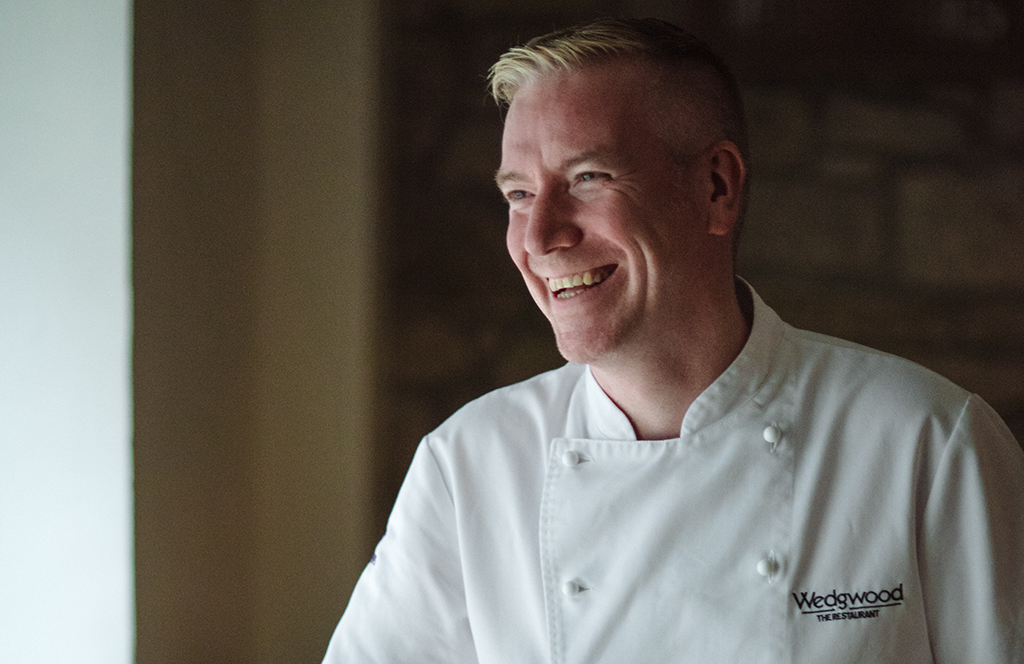In 2019 veganism was on the rise, as more people than ever signed up for Veganuary last year.
With people becoming more health conscious, does this mean no beer for a year? Greta Thunberg has waged a war against global warming, making people all over the world sit up and listen. This has led to industry professionals becoming more cautious of food waste, food miles and dietary requirements.
What does 2020 have in store? We asked some of Scotland’s top food and drink professionals to seek out the key trends that will shape the industry in 2020.
Sustainable Prawns
There was significant discussion in the media this year about new aquaculture technologies that are enabling king prawns to be grown in the UK for the first time. These are normally shipped in frozen from southeast Asia and central America where they’re farmed with devastating ecological results. The new technology allows for sustainable and local production of these hugely popular prawns.
Great British Prawns launched the world’s first sustainable land-based prawn farm in the UK in June this year. Once the prawns have been harvested in 2020 the farm will focus on serving restaurants. They will deliver the prawns from tank to plate within 24 hours, with no need for freezing and with zero air miles.
James McEuan, chairman of Great British Prawns said: ‘This farm has the potential to lead a transformation in the way seafood is produced. We aim to meet growing UK consumer demand for regional and local food production with the reassurance of outstanding husbandry, provenance and sustainability’.
Foraging

The buzz around foraging is only growing louder.
This has been supported by distilleries, breweries, chefs and food producers all prizing foraged ingredients. Wild ingredients like hogweed seeds and yarrow are being used in the distilling process at Futtle Organic Brewery in Fife. Jannettas Gelateria in St Andrews is creating an ice cream from gorse flowers; and chefs like Paul Wedgwood are foraging for hyperlocal ingredients like sea buckthorn and scurvy grass. Ingredients like seaweed are becoming increasingly mainstream as a seasoning for example with supermarket giant Tesco starting to stock Scottish seaweed business, Mara Seaweed’s products.
There’s also an emphasis on people foraging for wellness and Scotland launched the first Foraging Fortnight this autumn. This will be repeated in May and September 2020. It takes place across five Scottish regions and aims to encourage people of all ages to connect with nature. Wendy Barrie, Foraging Fortnight’s events manager commented ‘The health benefits of foraging are particularly important. Going outdoors to reconnect with nature and the seasons is proven to improve both mental wellbeing and physical health’.
Food waste
From farmers and producers to restaurants and cafes, food waste and food miles are at the top of everyone’s agenda to lower carbon emissions. Innovatively transforming food waste into food products and ingredients is going to become more mainstream in 2020.
We’ve seen waste bread used in beer production and spent grains from breweries used as flour. We’re also seeing restaurants using the ‘waste’ in dishes themselves.

Wedgwood the Restaurant chef/patron Paul Wedgwood (Photo: Schnapps Photography)
Paul Wedgwood, chef patron of Wedgwood the Restaurant uses the skin of Jerusalem artichokes fried up as a garnish, for example.
Paul said: ‘It is becoming more apparent that the food industry is having a massive impact on the environment. Since I opened Wedgwood the Restaurant in 2007, I have always tried to limit my food waste by using skins and discarded vegetable as garnishes and flavourings. There is a rise in chefs bringing new creative dishes to the table using food waste.’
Edinburgh bakery, Twelve Triangles use the leftover whey used in their ricotta production to make into caramel sauces, which lends a really fruity depth to the sauce. They also use byproducts from yogurt making in caramel sauces, leftover croissants go into croissant loaves and leftover bread is used in crumb form for things like Christmas pudding or toppings for bakes. Leftover vegetables from juices in the café are made into kimchi and pickles.
Drinks
Gin’s popularity doesn’t show any sign of waning and gins are increasingly being used as alternatives to wine to accompany food in restaurants. Other innovations from distilleries include alternatives to gin for example; Lindores Abbey Distillery has launched an Aquavitae. Restaurants and hotels such as The Old Course Golf Resort & Spa and Wedgwood the Restaurant are using this in a range of cocktails.
Jane Gallagher, of Stockbridge Restaurant has noticed a shift in customers’ choices over the past year.
She said: ‘Cava and crémant seems to be favoured over the likes of Prosecco and more customers are now starting to recognise English sparkling wines such as Nyetimber. Customers are now asking for their food to be paired with gin rather than wine. They want the botanicals of the gin to complement their food and the tonic it is served with is equally important. In saying that, more and more customers are asking for a dessert wine flights. This works well if they are beginning to experiment with dessert wines.
‘Overall, I have seen a decrease in consumption of alcohol and traditional soft drinks like Coca-Cola. People seem to be trying to drink less and consume less sugar. The most popular non-alcoholic drink choices are Seedlip and sparkling water.”
Scotland’s first non-alcoholic beer company, Jump Ship Brewery, launched this winter. There there is a growing demand for non-alcoholic beer since the launch of campaigns likes of “No beer for a year’ and ‘Dry January’. Sonja Mitchell, owner of Jump Ship Brewery said that she started Jump Ship “because I loved the taste of beer but hated hangovers. There is definitely a gap in the market for a great tasting beer without the booze or calories.’
Fermentation
A lot of people are starting to attend fermenting classes as popularity surges for kimchi and sauerkraut. Chefs are increasingly creating their own pickles for dishes and drinks like kombucha are regularly appearing on menus. Aizle in Edinburgh has been fermenting since opening in 2014. They use nutritious live ferment in their sourdough and aged kombucha for cocktails. They’ve continued on this fermentation journey and now make cultured butter with live yogurt and fermented syrups for soft drinks. They’re currently experimenting with recipes for honey mead.
There seems to be increased public understanding and demand for fermented foods including sourdough. Twelve Triangles, renowned for their cold prove, slow ferment breads has just opened its fourth branch in Edinburgh, they also provide some of the city’s best restaurants with their products.
Dietary Requirements
Consumers are more aware than ever before of allergens. Gone are the days of limited menus for those who suffer from intolerances. Many food outlets are now adjusting their menus to cater for people with coeliac disease and lactose intolerance.
The Real Food Café in Tyndrum offers a full gluten free menu including fish and chips, sauces, puddings. Sarah Heward, co-owner of the café set up a Gluten Free Fortnight this year, to raise awareness of coeliac disease.
Sarah said: ‘Being a roadside café we welcome people from all walks of life, and part of that is accommodating and catering for different diets. Gluten free and veganism are the two biggest dietary trends of recent years and we felt it was important to recognise that by improving our menu..
Restaurants like Noto, which opened in Edinburgh in 2019, have designed a menu in which most dishes can be altered to be dairy free. Popular ice cream parlour in St Andrews, Jannettas, has created its first dairy free ice cream using almond milk. They are continuing to experiment with a range of different dairy alternatives which they hope to add to the menu in 2020.
TAGS

